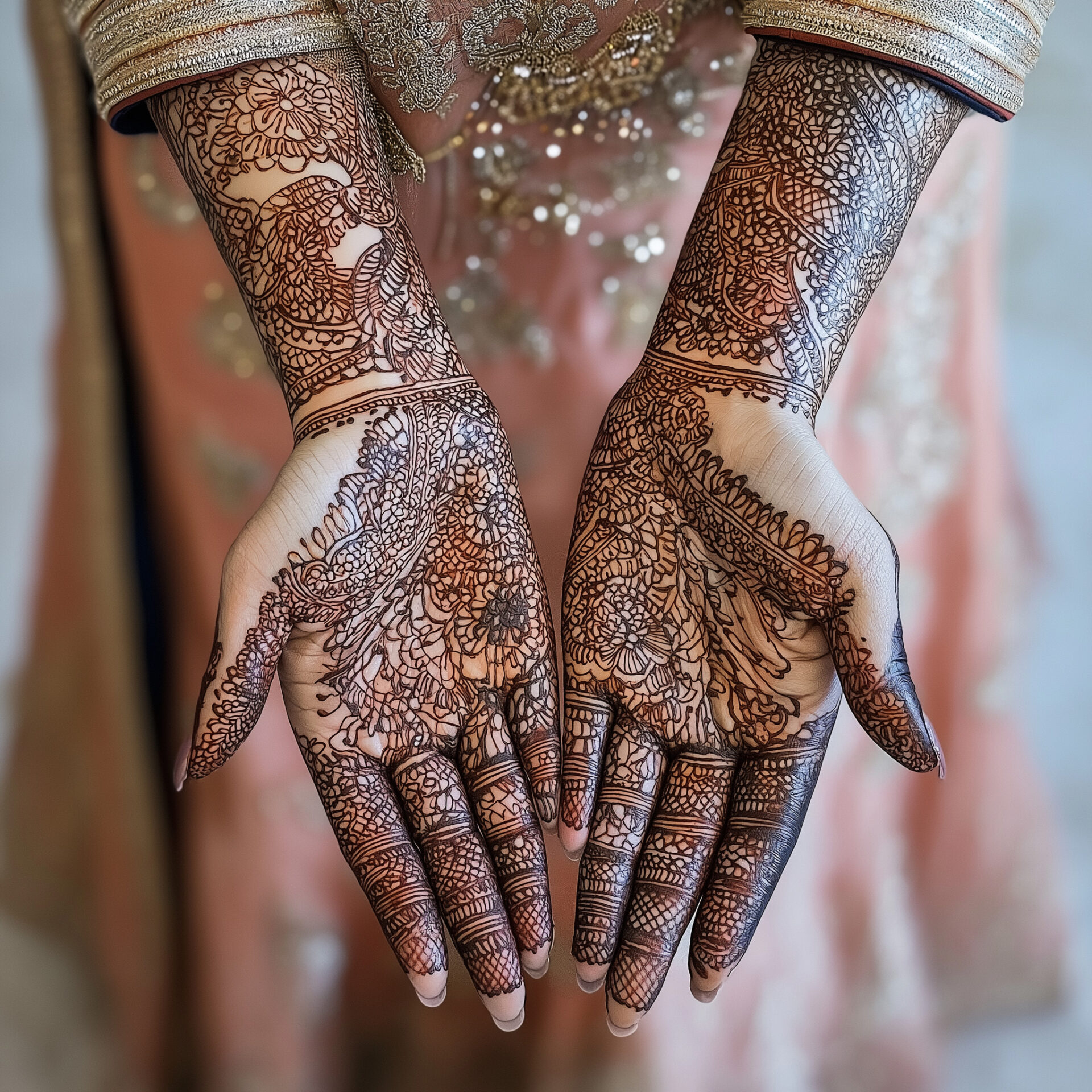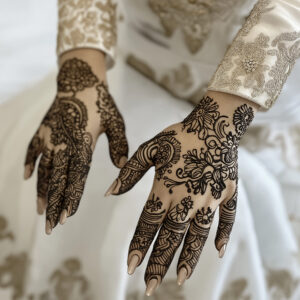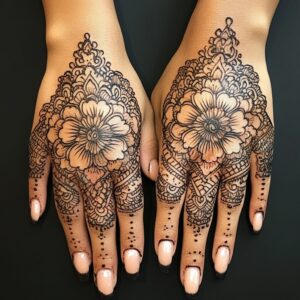Muslim Bridal Mehndi Design: A Historical Journey Through Art and Culture
Throughout the Islamic world, wedding traditions may vary from one region to another, but one element that remains consistent is the use of Mehndi. For Muslim brides, Mehndi has long been a cherished part of pre-wedding celebrations, a way to prepare for the big day with beauty and cultural pride. Muslim bridal Mehndi designs uniquely blend tradition with personal expression, all while reflecting the rich, diverse history of the Islamic world.
The Origins of Mehndi in Muslim Cultures
The tradition of using Mehndi in Muslim weddings stretches back centuries, with roots across South Asia, the Middle East, and parts of North Africa. While the use of henna predates Islam, it became an integral part of Muslim bridal customs over time, particularly in countries like India, Pakistan, and Egypt.
In many Islamic traditions, Mehndi is seen as more than just decoration—it’s a blessing. The designs are applied with the hope of bringing luck, happiness, and prosperity to the marriage. Brides, along with their female relatives, gather for the Mehndi ceremony, where intricate patterns are applied to the hands and feet, symbolizing joy and the beauty of the union.
What stands out to me about this tradition is not just its longevity but how it has traveled across different regions, adapting to local customs while maintaining its core significance. Whether in India, where the designs are incredibly intricate, or in North Africa, where bolder patterns dominate, Mehndi has remained a powerful symbol of unity and joy throughout the Islamic world.
The Art of Muslim Bridal Mehndi
One of the defining features of Muslim bridal Mehndi is the variety of designs used, from floral and paisley patterns to more geometric and abstract styles. The designs, often covering the bride’s hands and feet, can take hours to complete. Despite the complexity, these designs hold deep symbolic meaning, representing blessings, protection, and the bride’s transition into married life.
In some instances, religious elements are woven into the design—Quranic verses or symbolic motifs add a spiritual layer to the artwork. This blend of faith and artistry makes Mehndi more than just a visual adornment; it becomes a personal and cultural expression for the bride, tying together her beliefs, her heritage, and her hopes for the future.
As I observe these designs across different cultures, I’m reminded of how something as simple as a pattern on the skin can carry such profound meaning. It’s not just about the beauty of the art, but the layers of history, faith, and personal expression that it carries. Every line, every curve tells a story, one that connects the bride to generations of women before her.
Mehndi as a Cultural Bridge
Over the years, the role of Mehndi in Muslim weddings has changed, especially as modern brides seek to personalize this age-old tradition. While traditional motifs remain, many brides now incorporate more contemporary elements, blending the old with the new.
For example, in places like the United Arab Emirates and Saudi Arabia, minimalist designs with clean lines and geometric shapes have become more common. In contrast, brides in South Asia still favor highly detailed Mehndi, covering much of the hands and feet with elaborate patterns. These differences show how Mehndi continues to serve as a bridge between tradition and modern personal expression.
The adaptability of Mehndi speaks to its enduring nature. Though it has evolved, it remains deeply connected to its cultural roots, allowing brides to honor their heritage while making the design uniquely their own. There’s something powerful in how a tradition can be both deeply personal and universally shared, reflecting the individual while still connecting her to her cultural history.
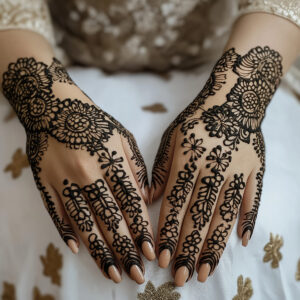
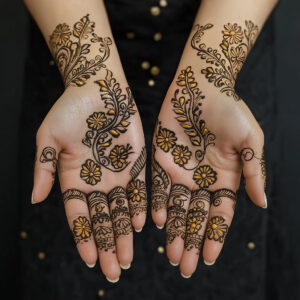
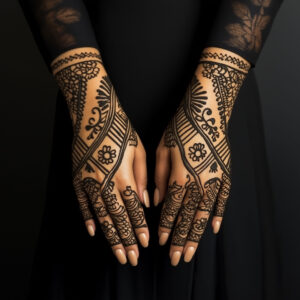
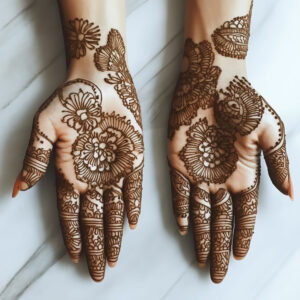
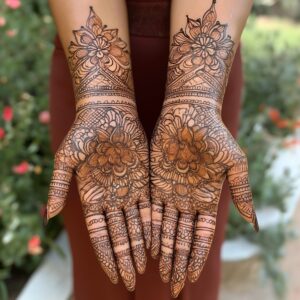
Mehndi as a Living Tradition in Muslim Weddings
Muslim bridal Mehndi designs offer a window into the history, culture, and artistry of Islamic weddings. From the intricate patterns of South Asia to the bold, geometric designs of North Africa, Mehndi has adapted across regions while maintaining its core significance. For Muslim brides, Mehndi is not only a form of personal adornment—it’s a celebration of heritage, faith, and the joyous union of marriage.
As traditions continue to evolve, Mehndi remains a powerful symbol that bridges the past and the present, allowing each bride to honor her cultural roots while adding her own personal touch. It’s a living tradition, one that continues to thrive in weddings across the Muslim world.
Suggested posts to keep exploring Mehndi designs:
- 3D Mehndi Design Bridal – Dive into the world of modern Mehndi with designs that add depth and dimension to traditional bridal art.
- Bridal Sister Mehndi Design – Explore how Mehndi celebrates the bond between sisters, with designs that reflect their unique role in the wedding ceremony.
